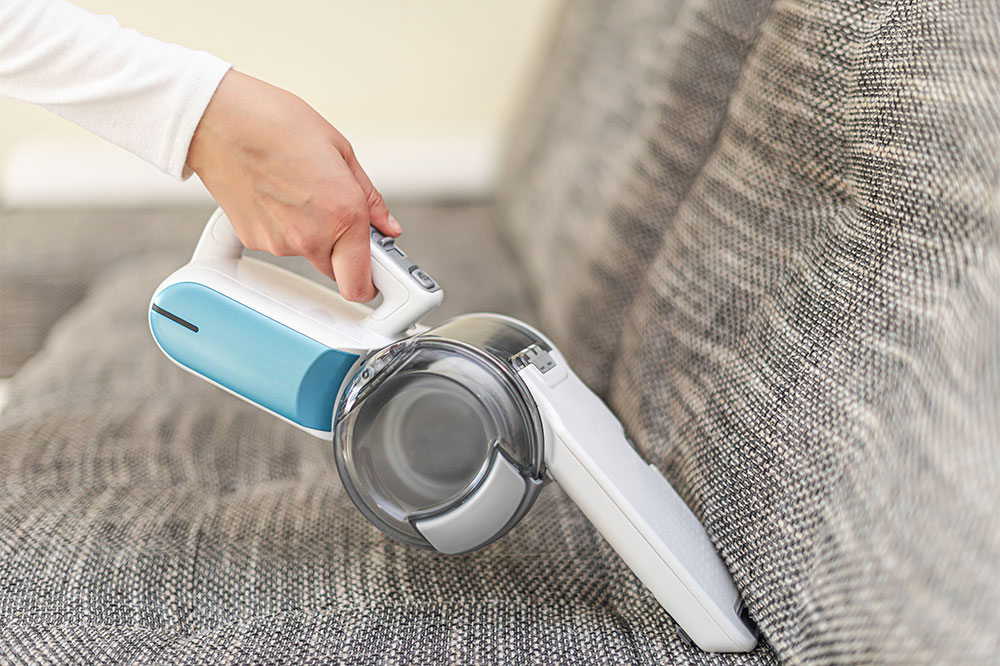Key things to know about ankylosing spondylitis

Ankylosing spondylitis is a form of arthritis that causes certain bones in the spines to fuse. So, people with the condition experience decline in flexibility, a hunched posture, and even chronic lower back pain. Sometimes, if the ribs are affected, it may also become difficult to breathe. The onset is usually observed in one’s mid-20s and may also result in the overproduction of calcium, resulting in increased stiffness. Here is everything to know about the condition:
Understanding spondylitis and its types
Spondylitis is a broad term for chronic arthritis-type diseases affecting joints and bones. It involves the inflammation of tendons, joints, and ligaments. Based on symptoms and affected areas, spondylitis can also be broadly divided into two types: Axial spondylitis, which covers pain in the hips and spine, and peripheral spondylitis, which covers pain in peripheral joints and tendons, excluding the spine. The common types of spondylitis are ankylosing spondylitis, enteropathic arthritis, psoriatic arthritis, reactive arthritis, juvenile spondylitis, and undifferentiated spondylitis. Ankylosing spondylitis (or AS) is one of the most common types of spondylitis, with inflammation as the primary symptom. It usually develops in the spine but can also affect the eyes.
Symptoms of AS
The symptoms of the inflammatory disease can differ from one person to the other. A few common symptoms of ankylosing spondylitis are neck pain, joint pain, lower back pain and stiffness, hip pain, difficulty breathing, and vision problems.
Causes and risk factors
The exact cause of this inflammatory disease is not yet known. However, research states that about 95% of people who suffer from the condition possess a variation of the human leukocyte antigen-B gene (HLA-B). This mutated gene produces a protein known as HLA-B27 and increases the risk of developing the condition.
Diagnosis
X-rays: This allows the doctor to check for any noticeable changes in the joints and bones. It might also aid in the detection of inflammation in the sacroiliac joints.
MRI scans: In most cases, an MRI can detect spinal problems that cannot be seen in X-rays. This is also a faster method to diagnose the condition than a traditional X-ray.
Blood tests: A blood test conducted by a pathologist can check for the presence of the HLA-B27 gene. This allows the doctor to diagnose or rule out the disease.
Management options
Surgery: Some people with the condition might need surgery to alleviate the discomfort. This includes the implantation of an artificial joint to correct the curved spine.
Other options: Some of the other treatment methods include the usage of anti-inflammatory prescriptions such as ibuprofen, diclofenac, celecoxib, indomethacin, naproxen, meloxicam, and methotrexate to reduce pain and inflammation of the joints and bones. Further, sulfasalazine can also be recommended to reduce stiffness.
Exercise: Regular physical activity can slow down the progression of the disease and decrease discomfort. One must adopt exercises after consulting the doctor.









